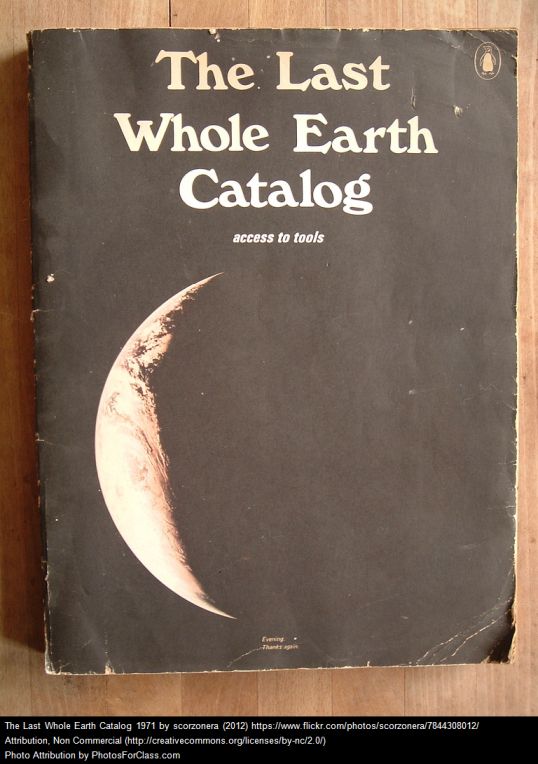
Image by Ian Foss, Flickr: https://www.flickr.com/photos/badboy69/2333409688
Elastic Time (not a cyberpunk band)
Thoughts about time have weaved through the lifestream over the past couple of weeks and through the themes of this first EDC block. The lifestream can reflect the speed at which new information is pelted at us on the internet – the blog is a way of grabbing at these multimedia bytes like pulling items off shelves in a frantic trolley dash. Here, time is contracted, so that much seems to happen all at once relentlessly. This is life on the internet and through this lens we can see how education and learning might work – finding, noting, glimpsing, gathering, liking, sharing and curating multiple information inputs from heterogeneous sources and making sense of them when elastic time expands a little for us to summarise and theorise on our pickings.
Thoughts, also, about how there must be a lapse of time before we can properly assimilate these new ideas and info scraps and forge links with our ‘already understood’ – this process happens subliminally, as if by some unconscious other.
When time is contracted we feel a little out-of-control and our lifestream blog can celebrate this relatively ungoverned and seemingly frenetic activity. We should “honour the mess” of our phenomenology (Fenwick and Edwards, 2010). Perhaps this digital stream is a vivid representation of how we pick up and absorb knowledge and experience as we go about our lives, grasping ideas on-the-fly and having flashes of connection or inspiration – education and learning not being confined to one space, nor one time, nor one network, nor even especially to one iteration of ourselves.
Time stretches when I read that Haraway (2007) enumerates the breached boundaries between, for example, science and religion, the human and the technological, the human and animal, and consider that these ontologies have been called into question for some good amount of it. Yet we seem little prepared to “navigate” the “devastated absence” (Bayne, 2015) left by the departed humanist – it is a desert space with no gods peopled by human chimeras and curious cryogenic recoverings, where we might fall prey to creeds of greed and insularity.
Here we are in our experimental sociotechnical internet classroom, homo faber (Miller,2011) in symbiosis with our machines, and trying to make sense of the not-quite-in-control to see if it attests to, or incarnates, our learning. We are tech voyeurs being surveilled, surrendering our data and privacy. We are profiting from our online community and benefiting from our access to everything. We are reading narratives of threat and promise (Hand, 2008) and living them out at the same time.
There seems to be a world of time passed since the early, and now dated, visualisations of cyberculture we have examined in Togethertube. Yet this has all happened in my lifetime, being already someone who can remember early computers and first debates about hypertext. I am out of time, not knowing any of the digital cultural references, and, as a human in the old accepted sense, also out of time. I am, I hope, just in time … trying to “get back on” and salvage my lifestream after some unavoidable absence.
Bayne, S. (2014) What’s the matter with ‘Technology Enhanced Learning’? Learning, Media and Technology, DOI: 10.1080/17439884.2014.915851
Fenwick, T., & Edwards, R. (2010). Actor-network theory in education. London: Routledge
Hand, M (2008) Hardware to everywhere: narratives of promise and threat, chapter 1 of Making digital cultures: access, interactivity and authenticity. Aldershot: Ashgate. pp 15-42. (e-reserve, pdf)
Haraway, D. (2007) A Cyborg Manifesto. London: Routledge.
Miller, V. (2011) Chapter 9: The Body and Information Technology, in Understanding Digital Culture. London: Sage.









